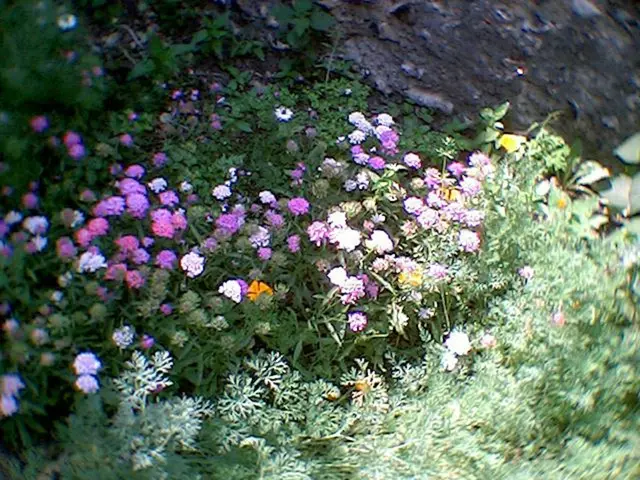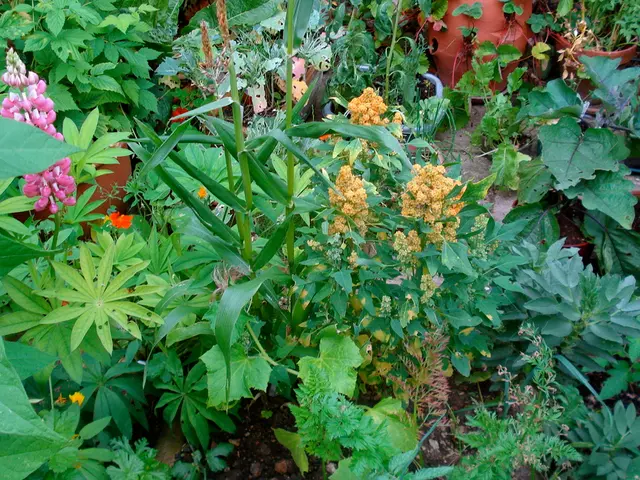Frequencies for Lemon Tree Watering, as Suggested by Experts
Growing your own lemon trees is an idyllic dream, but what lies beneath the surface of this sunny endeavor? Watering is a crucial aspect you'll need to master to ensure a thriving and bountiful lemon harvest. To help you bypass the hurdles, we spoke with seasoned gardeners and tree experts.
How Often to Water Your Lemon Tree
Determining the perfect watering schedule depends on multiple factors. While outdoor trees might demand watering once or twice a week, depending on the weather, make sure to test the soil first without relying solely on the top layer. Kitti Cooper, owner of Cooper Farm, a nursery specializing in citrus trees, suggests sticking your entire finger deep into the earth. Be cautious: the soil beneath the surface tends to be wetter than the top, which could trigger unnecessary overwatering in the future.
Factors Influencing Watering Needs
Soil Type
The type of soil plays a significant role in watering requirements. Sandy soils drain quickly, requiring more frequent watering. Meanwhile, clay soil, which holds water, needs to dry out completely between waterings to prevent overwatering.
Temperature and Season
Surprisingly, the cooler months are when fruit trees usually bear fruit, meaning that watering may require more attention during that period. The specific requirements will vary depending on your lemon tree variety. For example, "Ponderosa lemons are big and will require more water, while Lisbon lemons are smaller and need less," says Anna Ohler, owner of Bright Lane Gardens.
Lighting Conditions
Lemon trees thrive in full sun, typically requiring 6 to 8 hours daily. If your tree is basking in sunlight, the top layer of soil will dry out faster. However, remember to check deeper down to ensure the soil isn’t already wet.
Container vs. Ground Planting
Planting your lemon tree in a pot versus the ground has a considerable impact on watering. Growing your tree in the ground means less frequent watering due to the presence of a natural water table in the soil. Moreover, clay pots are recommended, as they allow airflow and maintain an optimal water balance, mimicking the natural conditions of the ground.
Signs of Underwatering and Overwatering
While underwatering isn't as common in lemon trees, dry, curling leaves can be a warning sign. However, since these symptoms may resemble those of overwatering, always check the soil before watering to avoid mistaking one for the other.
Overwatering, on the other hand, is much more likely and can lead to root rot if not addressed. Signs of overwatering may include yellowing leaves and leaves falling off. Cooper advises making gradual changes to the watering schedule instead of drastically altering the tree’s environment to prevent stress.
How to Water Your Lemon Tree
Gardening experts recommend avoiding overhead watering, as it can lead to fungus and mildew. Instead, they suggest using a drip line, which can be set on a timer for automatic watering. Soaker hoses can also work, but should be utilized sparingly to prevent overwatering.
If you’re growing your lemon tree in a container, bottom watering is the best practice. This method mimics the natural water table in the ground, allowing the tree to take up water as needed and preventing overwatering issues. If your pot is too big for a tray or platter, consider using a kiddie pool for watering when you’re away on vacation.
Martha Stewart, a renowned home-and-garden lifestyle expert, emphasizes the importance of careful watering for a thriving lemon tree. Kitti Cooper, owner of Cooper Farm, suggests checking the soil moisture by inserting your finger deep into the earth to avoid overwatering, a common mistake due to the wetter soil beneath the surface. Anna Ohler, owner of Bright Lane Gardens, notes that different lemon tree varieties have varying watering needs, with Ponderosa lemons needing more water compared to smaller Lisbon lemons.







